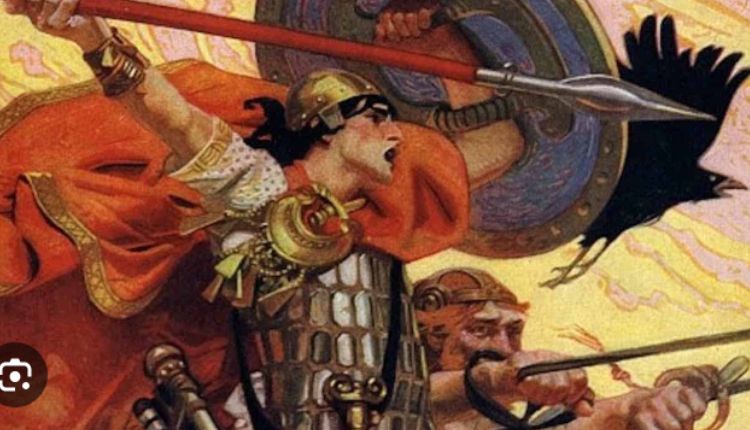Reviving The Ancient Ways: Unraveling The Mysteries Of Celtic Religion
Introduction:
The Celtic civilization, one of the most fascinating and enigmatic cultures of ancient Europe, was deeply intertwined with its religious beliefs and practices. The Celtic religion was polytheistic, with a rich pantheon of deities representing various aspects of nature, society, and life. While much of their religious practices and knowledge have been lost to the annals of time, archeological findings, historical texts, and contemporary research allow us to glimpse into this intriguing belief system. In this article, we will delve into the unique aspects of the Celtic religion, exploring its gods and goddesses, sacred rituals, and the spiritual connection that bound the Celts with their natural surroundings.
I. The Pantheon Of Deities:
The Celtic pantheon was vast and diverse, with deities ruling over different domains. Some of the most prominent gods and goddesses included:
- Dagda: The father god, associated with wisdom, fertility, and abundance. Often depicted carrying a massive cauldron, he symbolized the cycle of life and death.
- Brigid: The goddess of fire, healing, poetry, and smithcraft. Brigid was a significant figure, and her worship persisted even after the spread of Christianity.
- Lugh: A master of all trades, Lugh was associated with skills, craftsmanship, and the arts. He was celebrated during the festival of Lughnasadh.
II. Sacred Rituals And Festivals:
Celtic religion was deeply rooted in nature, and their religious practices revolved around the cycles of the sun and seasons. Some of the essential rituals and festivals included:
- Beltane: Celebrated on May 1st, Beltane marked the beginning of summer. It involved bonfires, dancing around the Maypole, and rituals to bless crops and livestock.
- Samhain: Celebrated on November 1st, Samhain was a festival honoring the ancestors and marking the end of the harvest season. It is believed that this festival later evolved into modern-day Halloween.
III. The Celtic Connection With Nature:
The Celts held a profound reverence for the natural world, and their religion was intricately connected with the land, animals, and celestial bodies. Trees, in particular, held significant importance, with certain trees being considered sacred and housing spirits.
- The Impact of Christianity: With the arrival of Christianity in Celtic lands, the old religion gradually gave way to the new faith. However, rather than entirely eradicating Celtic beliefs, Christianity incorporated some elements of the native religion, leading to a unique blend of practices.
Conclusion:
The Celtic religion, though obscured by time, continues to captivate the modern imagination with its mystical aura and deep connection to nature. While many aspects of their beliefs remain shrouded in mystery, archeological discoveries and scholarly research provide valuable insights into the religious worldview of the Celts. Preserving the memory of the Celtic religion allows us to honor the spiritual heritage of this ancient civilization and recognize the enduring power of their profound connection to the natural world.
FAQs:
Q1: Did the Celts have written texts about their religion? A1: The Celts primarily relied on oral tradition to pass down their religious beliefs and myths. While they did not have a comprehensive written religious scripture, there were some inscriptions and texts mentioning Celtic deities and rituals, often found in regions influenced by Roman and Greek cultures.
Q2: Are there modern-day followers of the Celtic religion? A2: Yes, there are modern-day practitioners who identify as Celtic Reconstructionists or Druids, seeking to revive and reconstruct the ancient Celtic religious practices based on historical evidence and inspiration from surviving folklore. These revivalist movements aim to reconnect with the spiritual heritage of the Celts while adapting their beliefs to contemporary contexts



